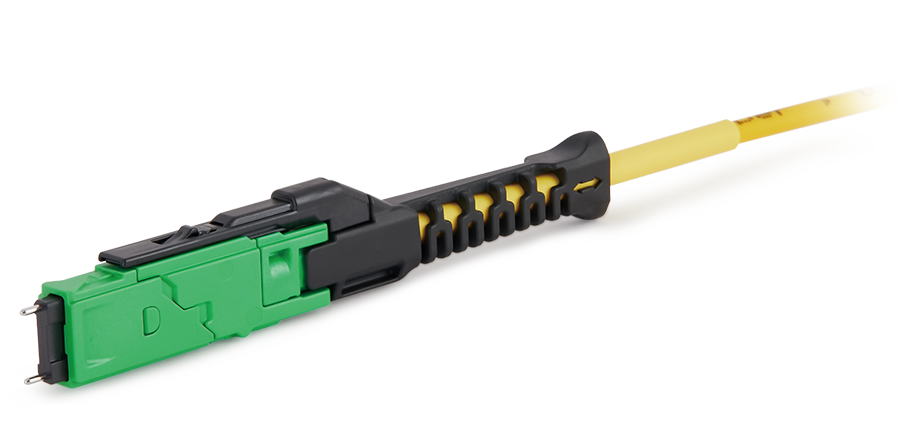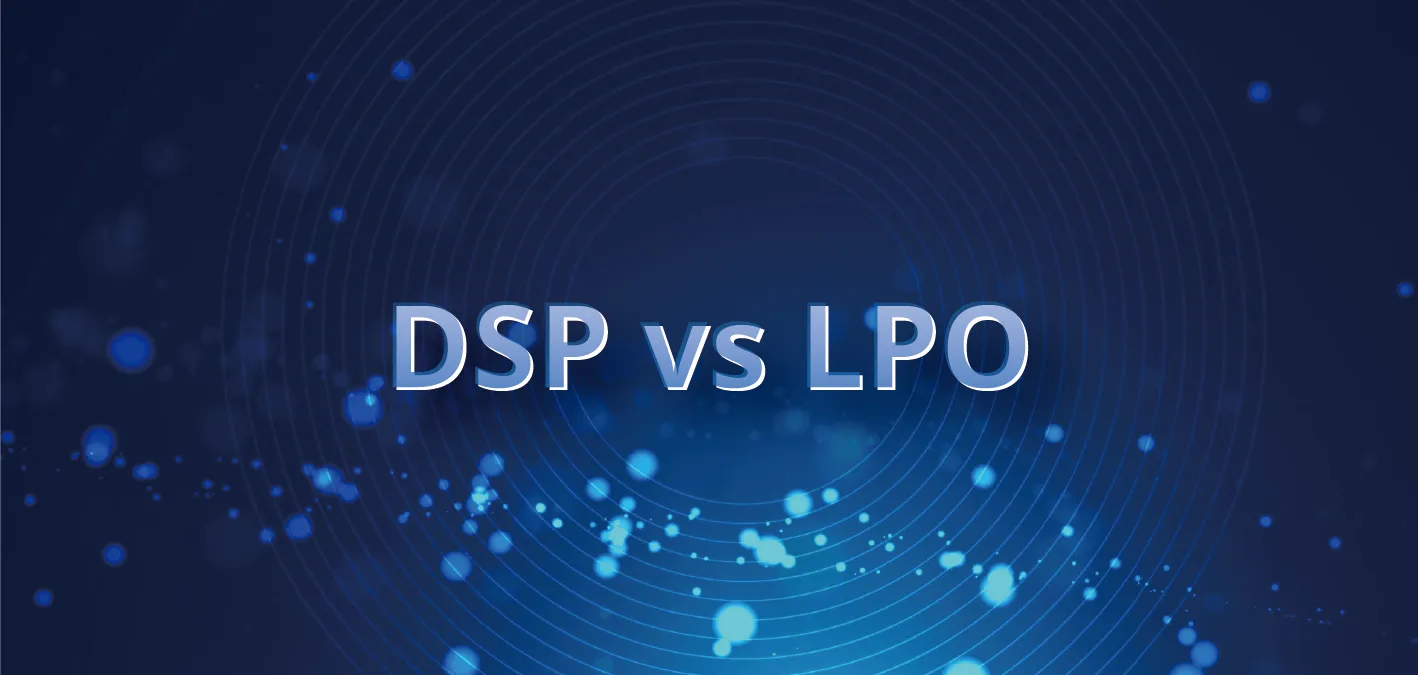The explosive growth of artificial intelligence (AI), high-performance computing (HPC), and next-generation networking models is reshaping the demands placed on data centers worldwide. As workloads scale exponentially, traditional copper-based interconnects are rapidly approaching physical and economic limits. The need for higher bandwidth, lower power consumption, and denser architectures is accelerating the transition toward Co-Packaged Optics (CPO)—a technology poised to redefine the future of data center design.

The Bandwidth and Power Challenge
Today’s data centers rely heavily on pluggable optical transceivers mounted at the front panels of switches and routers, connected to the switching ASICs through high-speed electrical traces. As data rates approach 200 Gb/s per lane and beyond, copper interconnects become increasingly inefficient:
Signal loss and latency grow with longer electrical paths.
Power consumption for signal amplification and error correction escalates sharply, driving up operational and cooling costs.
Physical density limits on switch front panels constrain network scaling potential.
Industry estimates suggest that 200 Gb/s represents the tipping point at which traditional pluggable architectures give way to integrated optical solutions. The transition to 800 Gb/s, 1.6 Tb/s or even 3.2Tb/s networks demands a fundamentally different approach—one that shortens electrical paths, cuts power usage, and supports extreme bandwidth densities.
What is Co-Packaged Optics?
Co-Packaged Optics (CPO) addresses these challenges by integrating optical transceivers directly alongside the switch ASICs on the same silicon substrate. This architecture dramatically reduces the electrical trace length between optics and electronics, enabling:
Lower power consumption by minimizing energy loss over copper.
Higher bandwidth density through compact, high-speed optical I/O.
Improved signal integrity and reduced latency for demanding workloads.
By collapsing optics and electronics into a single package, CPO represents a paradigm shift from discrete, modular optics to highly integrated, energy-efficient designs.
Industry Momentum and Technology Drivers
The CPO movement is no longer theoretical. Data center chipset leaders like NVIDIA and Broadcom have already announced CPO-based Ethernet switches operating at 51.2 Tb/s and 102.4 Tb/s, underscoring the technology’s readiness for large-scale deployment.
This momentum is driven by multiple forces:
Artificial Intelligence and Machine Learning (ML): Training massive AI models requires ultra-fast interconnects across distributed GPU clusters.
High-Performance Computing: Climate modeling, genomic research, aerospace simulations, financial modeling, and molecular dynamics rely on moving petabytes of data in real time.
Hyper-scale Cloud Growth: Operators like Microsoft and Google need energy-efficient, high-density networks to meet explosive traffic demands.
As these applications scale, the shift from pluggable optics to CPO becomes inevitable.
Fiber-to-Chip Connectivity: The Critical Enabler
At the heart of CPO lies the challenge of fiber-to-chip coupling. Optical fibers must be precisely aligned to photonic integrated circuits (PICs) with submicron accuracy while supporting high channel counts, polarization-maintaining fibers, and complex micro-optical elements.
Early-generation CPO systems use high-density Fiber Array Units (FAUs) to align fibers to on-chip waveguides. These FAUs demand innovations in:
Mixed fiber integration (SM and PM fibers)
Micro-optic component alignment
Connector design and manufacturability
Thermal and mechanical stability at scale
Next-generation coupling technologies will push densities even higher, particularly for GPU optics where bandwidth per package will grow dramatically.
T&S and the Future of CPO
With expertise across ferrules, chips, connectors, fibers, and termination technologies, T&S is uniquely positioned to deliver the building blocks for CPO adoption. Having deployed high-density optical products for data centers and telecom networks over the years, T&S leverages this expertise to deliver robust, scalable solutions.
As CPO architectures mature, T&S is driving innovation in:
Micro-interconnect technologies for extreme fiber densities.
High-density fiber management systems optimized for co-packaged designs.
Advanced fiber-to-chip connectors enabling next-generation GPU optics.
What was once a futuristic concept is now becoming central to data center evolution. With AI and HPC fueling unprecedented network demands, Co-Packaged Optics is no longer optional—it is the foundation of the next era in data center networking.
Looking Forward
CPO represents more than just a new packaging approach; it is a strategic response to the power, performance, and scalability challenges shaping modern data centers. As industry adoption accelerates, companies like T&S are delivering the critical optical interconnect solutions needed to make this transition successful.
To explore T&S’s innovations in CPO micro-interconnects and high-density fiber management, we invite you to visit our website for in-depth resources and technical insights.

 Fiber Optic Flex Circuit (FOFC)
Advanced Simulation & Optimization, High Positioning Accuracy, Flexible Customization, Rigorous Reliability Testing
Fiber Optic Flex Circuit (FOFC)
Advanced Simulation & Optimization, High Positioning Accuracy, Flexible Customization, Rigorous Reliability Testing MDC Solution
US Conec's MDC connector is a Very Small Form Factor (VSFF) duplex optical connector, expertly designed for terminating single-mode and multimode fiber cables with diameters up to 2.0mm.
MDC Solution
US Conec's MDC connector is a Very Small Form Factor (VSFF) duplex optical connector, expertly designed for terminating single-mode and multimode fiber cables with diameters up to 2.0mm. MMC Solution
US Conec's Very Small Form Factor (VSFF) multi-fiber optical connector that redefines high-density connectivity with its cutting-edge TMT ferrule technology and intuitive Direct-Conec™ push-pull boot design.
MMC Solution
US Conec's Very Small Form Factor (VSFF) multi-fiber optical connector that redefines high-density connectivity with its cutting-edge TMT ferrule technology and intuitive Direct-Conec™ push-pull boot design. EN
EN
 jp
jp  fr
fr  es
es  it
it  ru
ru  pt
pt  ar
ar  el
el  nl
nl 




_and_High-Reflection_(HR)_Optical_Coatings.webp)